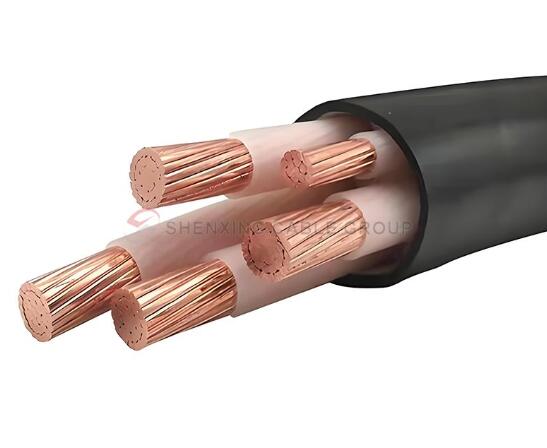Jan. 03, 2025
Power cables are essential components in electrical systems, providing a reliable conduit for transferring electricity across various settings. With different environments and requirements, specific types of power cables have been designed to meet diverse needs. Below, we explore the most common types of power cables and their applications to help you choose the right option for your projects.

Low voltage power cables are used for systems that operate at voltages up to 1,000 volts. These cables are typically employed in residential, commercial, and small industrial installations. Common applications include powering household appliances, lighting systems, and other low-power devices. Materials such as copper or aluminum are often used for the conductors, ensuring flexibility and efficient energy transfer.
Medium voltage cables are suited for applications ranging from 1 kV to 35 kV. These cables are used in industries, utility networks, and larger commercial settings where higher power levels are required. For example, medium voltage cables may power motors, transformers, or large machinery. Insulation materials like XLPE (cross-linked polyethylene) enhance durability and resistance to environmental factors, making these cables ideal for both indoor and outdoor use.
High voltage power cables handle voltages above 35 kV and are essential for power transmission over long distances. These cables are a critical part of energy distribution networks, connecting power plants to substations and substations to urban grids. High voltage cables are engineered to minimize power loss and withstand high levels of electrical stress. Their insulation and sheathing materials are designed to provide excellent protection against moisture, chemicals, and physical damage.
Flexible power cables are designed for installations requiring frequent movement or where cables need to be bent around tight spaces. These cables are commonly used in robotics, portable equipment, and temporary setups such as exhibitions or construction sites. The use of fine copper strands and elastomeric insulation ensures flexibility while maintaining electrical conductivity and safety.
Armored power cables are specifically designed for environments where mechanical protection is a priority. A layer of steel or aluminum armor shields the conductors from potential damage caused by impacts, rodents, or heavy equipment. These cables are widely used in underground installations, industrial facilities, and outdoor settings where durability and safety are paramount.
Control cables are a specialized type of power cable used to transmit signals and control information in automated systems. These cables are essential in applications like industrial machinery, railway signaling, and communication systems. Control cables are built to provide excellent resistance to interference and ensure reliable performance in complex environments.
In environments where safety is a critical concern, fire-resistant and flame-retardant cables are indispensable. These cables are designed to maintain functionality during a fire, enabling essential systems such as emergency lighting and alarms to operate. They are widely used in hospitals, airports, and high-occupancy buildings to enhance safety and compliance with fire codes.
Coaxial cables, although primarily known for signal transmission, are also used in certain power applications where low-voltage and high-frequency requirements intersect. These cables are common in telecommunications, broadcasting, and internet systems. Their unique construction, with a central conductor surrounded by a dielectric insulator and braided shield, minimizes signal loss and interference.
Selecting the right power cable depends on the specific requirements of your project, including voltage levels, environmental conditions, and application type. A well-chosen cable ensures reliable performance, safety, and longevity. Whether you need cables for residential wiring, industrial equipment, or large-scale power transmission, understanding the differences between cable types is crucial.
For premium-quality power cables tailored to your needs, we recommend working with an experienced supplier. If you’re ready to discuss your project or need expert guidance, contact us today to explore our range of power cable solutions.
If you are interested in sending in a Guest Blogger Submission,welcome to write for us!
All Comments ( 0 )